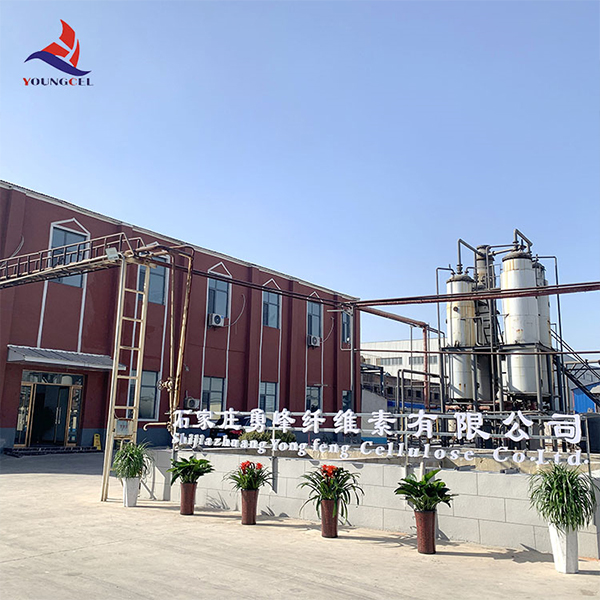Hydroxypropyl Methylcellulose (HPMC) is a cellulose ether that has gained significant attention in various industries due to its unique properties and versatility. As a pharmaceutical excipient, food additive, and construction material, HPMC's applications are diverse, making it an integral compound in many formulations.
Chemical Structure and Properties
HPMC is derived from cellulose, a natural polymer found in plant cell walls. The modification of cellulose through hydroxypropyl and methyl groups allows HPMC to exhibit numerous advantageous properties. It is non-ionic, soluble in both cold and hot water, and forms a gel-like consistency, making it suitable for a variety of applications. Its ability to retain water contributes to its role as a thickening agent, stabilizer, and film-forming agent, which is essential in numerous formulations.
Applications in Pharmaceuticals
In the pharmaceutical industry, HPMC is widely used as a controlled-release agent in tablet formulations. Its ability to form a gel upon contact with water allows for a gradual release of the active pharmaceutical ingredient (API), thus enhancing therapeutic efficacy and reducing potential side effects. Additionally, HPMC is employed as a binder and disintegrant, improving the tablet's mechanical strength and ensuring consistent dissolution rates.
Moreover, due to its biocompatibility and low toxicity, HPMC is favored in the development of various drug delivery systems, including hydrogels and microspheres. These delivery systems can protect sensitive APIs, enhance stability, and improve bioavailability, resulting in more effective therapeutic outcomes.
Role in Food Industry
cellulos ether hpmc

In the food sector, HPMC serves as a versatile food additive. Its thickening and emulsifying properties make it an excellent choice for improving the texture and mouthfeel of various products, including sauces, dressings, and frozen foods. Additionally, HPMC is used as a fat replacer in low-calorie food formulations, contributing to healthier options without compromising taste and quality.
HPMC also plays a crucial role in gluten-free baking, providing structure and elasticity that would typically be lost without gluten. This functionality allows manufacturers to produce high-quality gluten-free products that meet consumer demands for both health and taste.
Construction and Building Materials
In construction, HPMC is increasingly utilized as an additive in cement-based products such as tile adhesives, wall putties, and gypsum plasters. Its water retention properties improve workability and extend the open time of these materials, which is essential for construction applications. Furthermore, HPMC enhances adhesion, leading to stronger bonds and improved durability of construction materials.
Conclusion
The significance of Hydroxypropyl Methylcellulose (HPMC) across various industries cannot be overstated. Its remarkable properties and multifunctional capabilities make it a highly valuable compound in pharmaceuticals, food, and construction. As industries continue to innovate and seek sustainable solutions, the demand for HPMC is expected to grow, further establishing its role as a key ingredient in modern formulations. With ongoing research and development, we can anticipate even more exciting applications of HPMC, emphasizing its importance in improving product performance and consumer satisfaction.
-
Rdp Powder: Key Considerations for Wholesalers in the Building Materials IndustryNewsJul.08,2025
-
Key Considerations for Wholesalers: Navigating the World of Hpmc - Based ProductsNewsJul.08,2025
-
Hpmc Detergent: Key Considerations for WholesalersNewsJul.08,2025
-
Key Considerations for Wholesalers: China Hpmc For Tile Adhesive, Coating Additives, Concrete Additives, and MoreNewsJul.08,2025
-
Crucial Considerations for Wholesalers: Navigating the World of Construction MaterialsNewsJul.08,2025
-
Key Considerations for Wholesalers Sourcing Additive For Cement, Additive For Concrete, Additive For Putty from Additive Manufacturer Shijiazhuang Gaocheng District Yongfeng Cellulose Co., Ltd.NewsJul.08,2025




